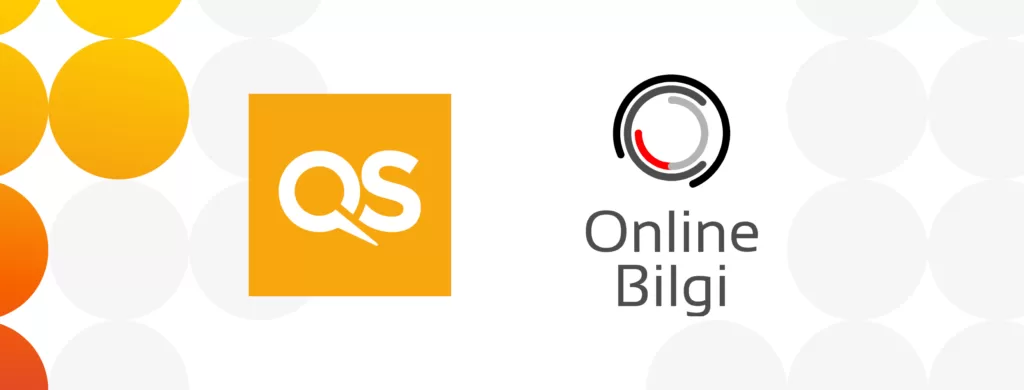
Facebook maintains its title as the daddy of all social media platforms, with over 1.44 billion monthly active users. Few, if any universities, do not employ Facebook marketing to connect with prospective, current and former students.
It is the first port of call for many students when they look to connect with university brands, as well as to other students or graduates, making it arguably the most powerful tool in your social media marketing box. Designing the perfect Facebook post is, therefore, something that university marketers need to learn early on in the game.
Here are a few dos and don’ts to consider when posting content to your university Facebook page:
Do – Post quality images of the correct size
It’s been said many times that a picture is worth a thousand words. This phrase is particularly accurate when it comes to social media marketing. Facebook posts with images receive 39% more interaction in terms of likes, comments and shares than those without, according to . Therefore, it is important to upload quality images that fit neatly onto your Facebook newsfeed in order to avoid any cropping or pixelating.
The dimensions of the perfect Facebook image will vary depending on whether you are posting a horizontal, vertical or square image. Images will usually be cropped or scaled to fit the 470 pixel width of the Facebook newsfeed, including images that are attached to links. Be sure to upload quality images as close to 470 pixels wide as possible in order to avoid the resized images looking fuzzy or pixelated.
Don’t – Leave links in your copy
Posting links to valuable information is one of the best ways to increase interaction from your student and alumni following. However with so many posts and links populating their feeds, it’ll take every character you’ve got to grab your students’ attention. Wasting a good chunk of them on a long URL is bad practice, therefore. Since Facebook will create a separate thumbnail image and title for links, it’s best to delete the URL within your copy, since space is at a premium.
Do – Use the right number of words
While Facebook allows far more characters when posting compared to Twitter, it has been found that consistency is still key. An infographic from SumAll shows that Facebook posts with 40 characters receive 86% more engagement than posts with a higher character count. Why say with 250 characters what you can say with 40?
The relatively short attention span of Facebook users means that each character counts. Be wary of lengthy titles in the links that you share, as any title above 100 characters gets cut off when posted to your Facebook business page. Edit these down to make sure readers get a clear indication of the nature of the link and why it’s relevant to them.
Don’t – Upload images directly to an album
We know how influential images are to the success of a post, so it’s important to ensure that each image that you post on Facebook makes an impact. While photo albums allow you to keep your Facebook images neatly organised, uploading images directly to albums instead of to feeds will limit the amount of engagement you experience per photo.
Uploading images one at a time onto your university page will get your posts much more traction. It’s best to wait about five hours for the initial engagement to die down before going back and organising them into photo albums if you wish. For instance, if you upload photos from a university social event, posting them individually onto your page will give students time to see them appear on their feeds and like, comment and share them with others, thus widening your reach.
Do – Experiment with your characters
While it’s important that a university remains professional and grammatically correct when posting on Facebook, it’s also important to remember that your audience will mostly be teenagers and young adults. Facebook is not a formal social platform and playing with punctuation and even using those dreaded emoticons will help to increase engagement from students of your Facebook posts.
A study from TrackMaven saw 60% more interactions on average for posts containing a hashtag, 2.7% more interactions on average for posts containing an exclamation point and 23% more engagement on average for posts that asked a question. Add to that, research from Simo Tchokni from the University of Cambridge that revealed a strong link between emoticon use and social power; perhaps typing a simple colon, dash and a bracket could help make your Facebook posts more effective 🙂
Don’t – Always publish at the same time
Don’t always assume that users will read your posts during work hours, or even during the week for that matter. The study by TrackMaven revealed that posts published between 5pm and 1 am saw 11% more interaction than those published during the workday. Similarly, posts published on Sundays were seen to get 25% more likes, shares and comments than those posted on Wednesdays, even though fewer total posts were actually published on weekends.
It will take some trial and error as well as a fair amount of guesswork in the start to determine when your audience will most likely interact with your Facebook content.



